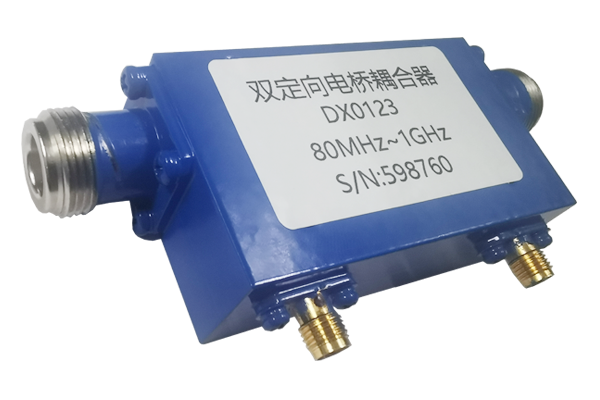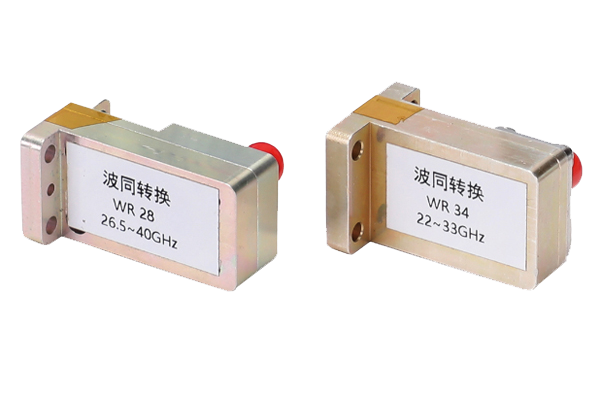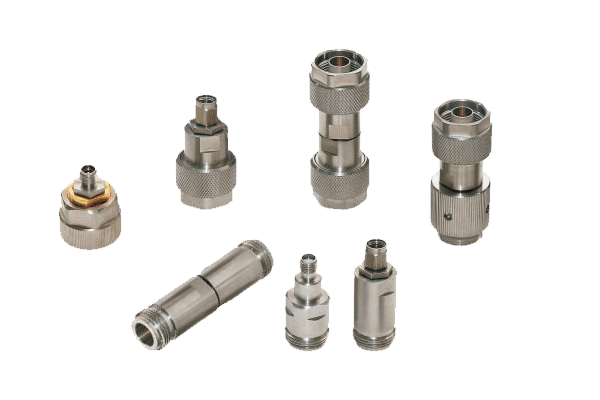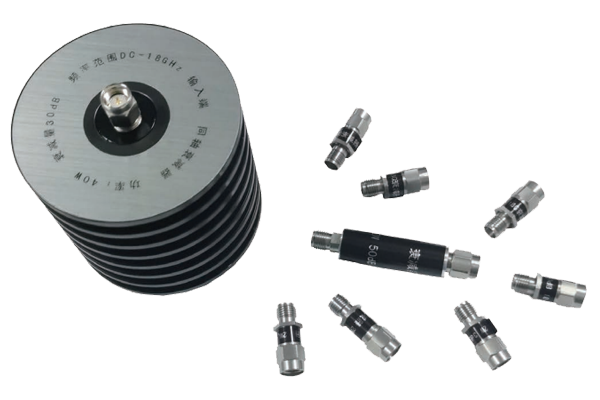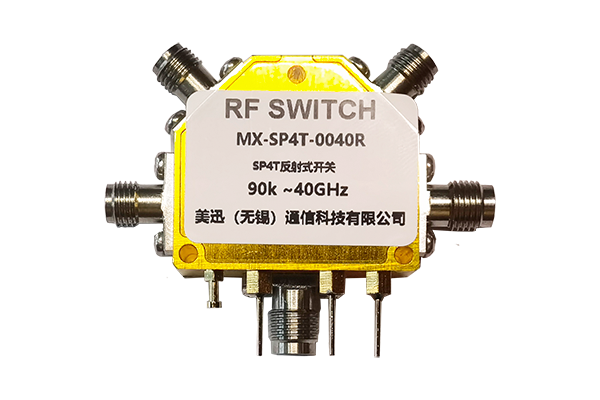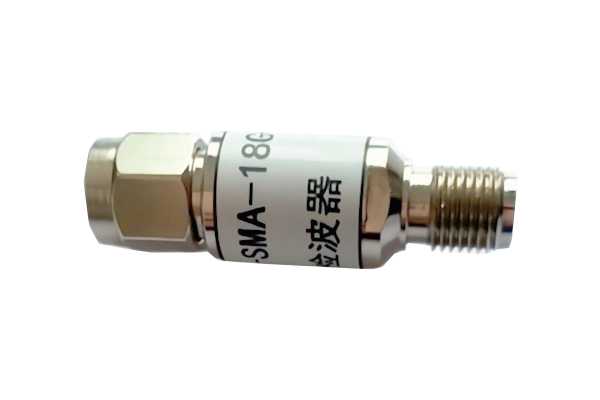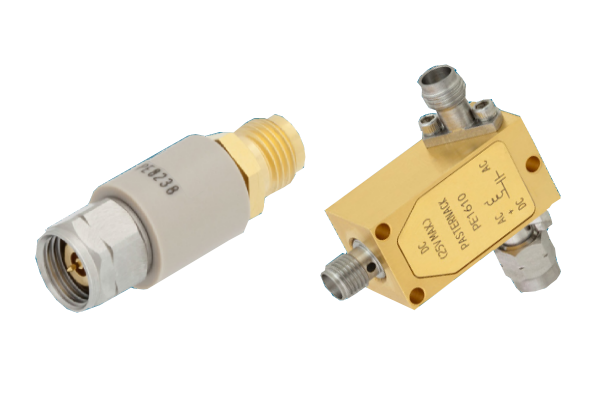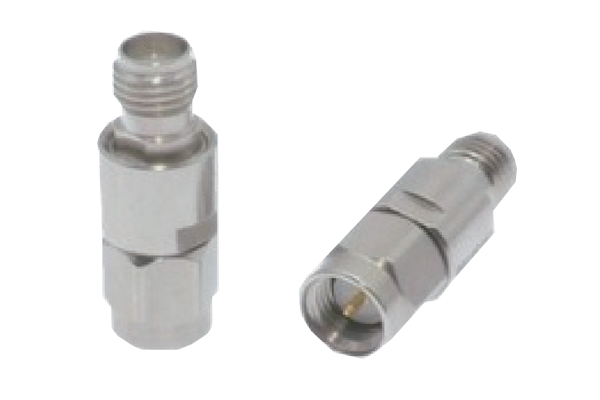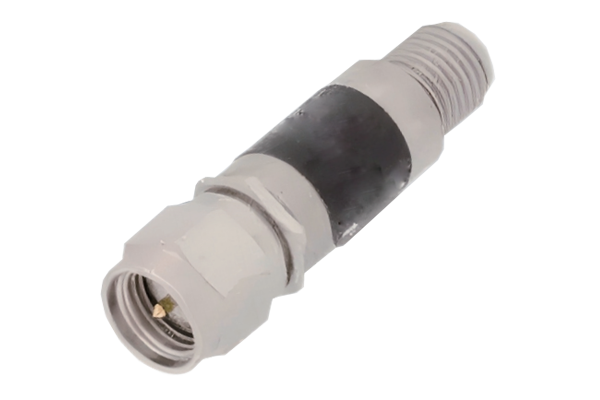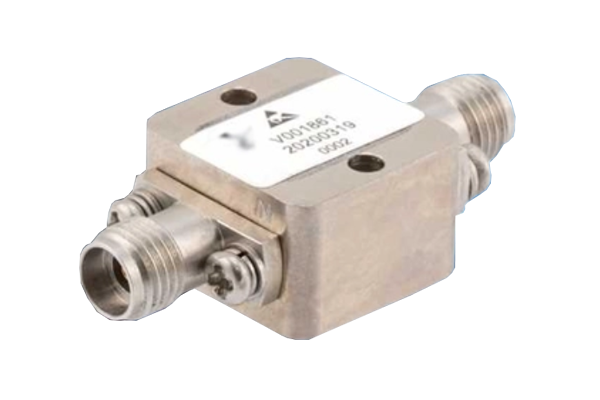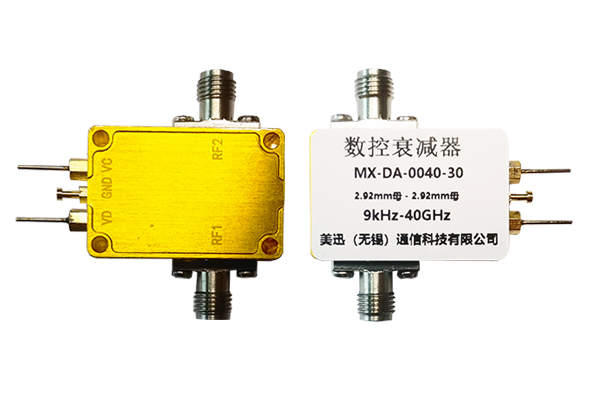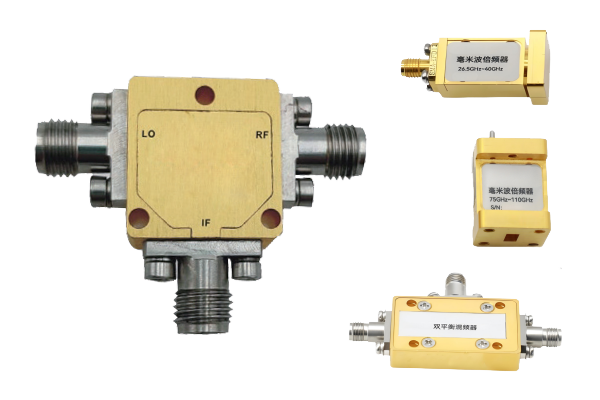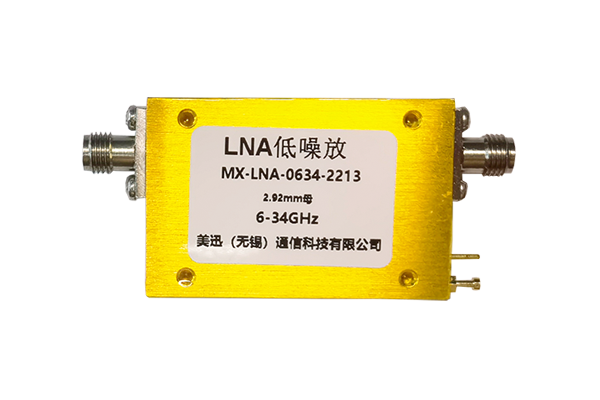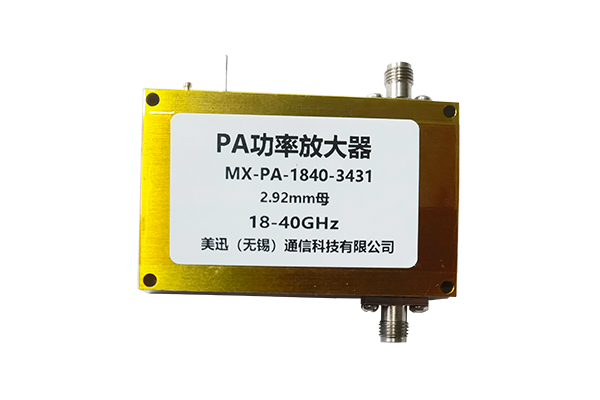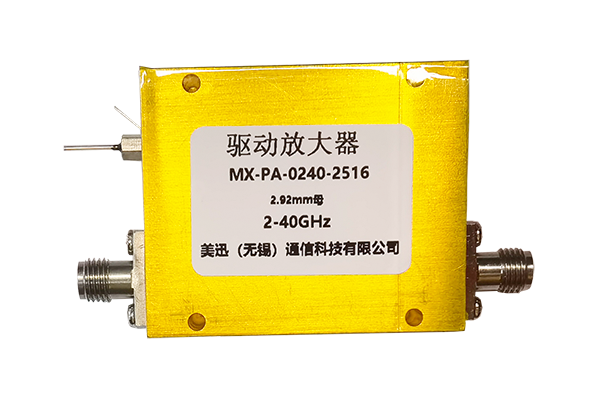Application prospects of PIN diode switch in national defense and military industry
Radar system: In the transmitting and receiving modules of the radar, the PIN diode switch can be used to quickly switch the transmitting and receiving channels, so that the radar can quickly switch to the receiving state after transmitting the high-power RF signal and receive the weak echo signal. In addition, it can also be used for beam switching and scanning control of radar antennas. By controlling the conduction and cutoff of the PIN diode switch, the excitation of different units in the antenna array can be realized, so as to quickly change the direction of the beam and improve the radar's search and tracking capabilities for targets.
Communication system: In military communications, PIN diode switches can be used to build RF switch matrices in communication networks, realize fast switching and routing selection between different communication links, and ensure the flexibility and reliability of communications. At the same time, in satellite communication ground stations, it can be used for antenna beamforming and switching, so that the ground station can quickly align with different satellites and realize communication connections with multiple satellites.
Electronic countermeasures: In electronic countermeasures equipment, PIN diode switches can be used to quickly switch the generation and transmission channels of interference signals, and achieve rapid interference and suppression of enemy radar, communication and other electronic equipment. In addition, it can also be used to build adaptive antenna arrays, and by adjusting the excitation state of antenna units in real time, it can achieve directional reception and interference of enemy signals, and improve the effect of electronic countermeasures.
Precision guidance: In precision-guided weapons such as missiles and artillery shells, PIN diode switches can be used to control the signal processing and transmission channels in the RF seeker to achieve rapid capture and tracking of target signals. At the same time, it can also be used for power management and power control in weapon systems to ensure that the weapon system can obtain stable power supply and reasonable power distribution under different working conditions.






